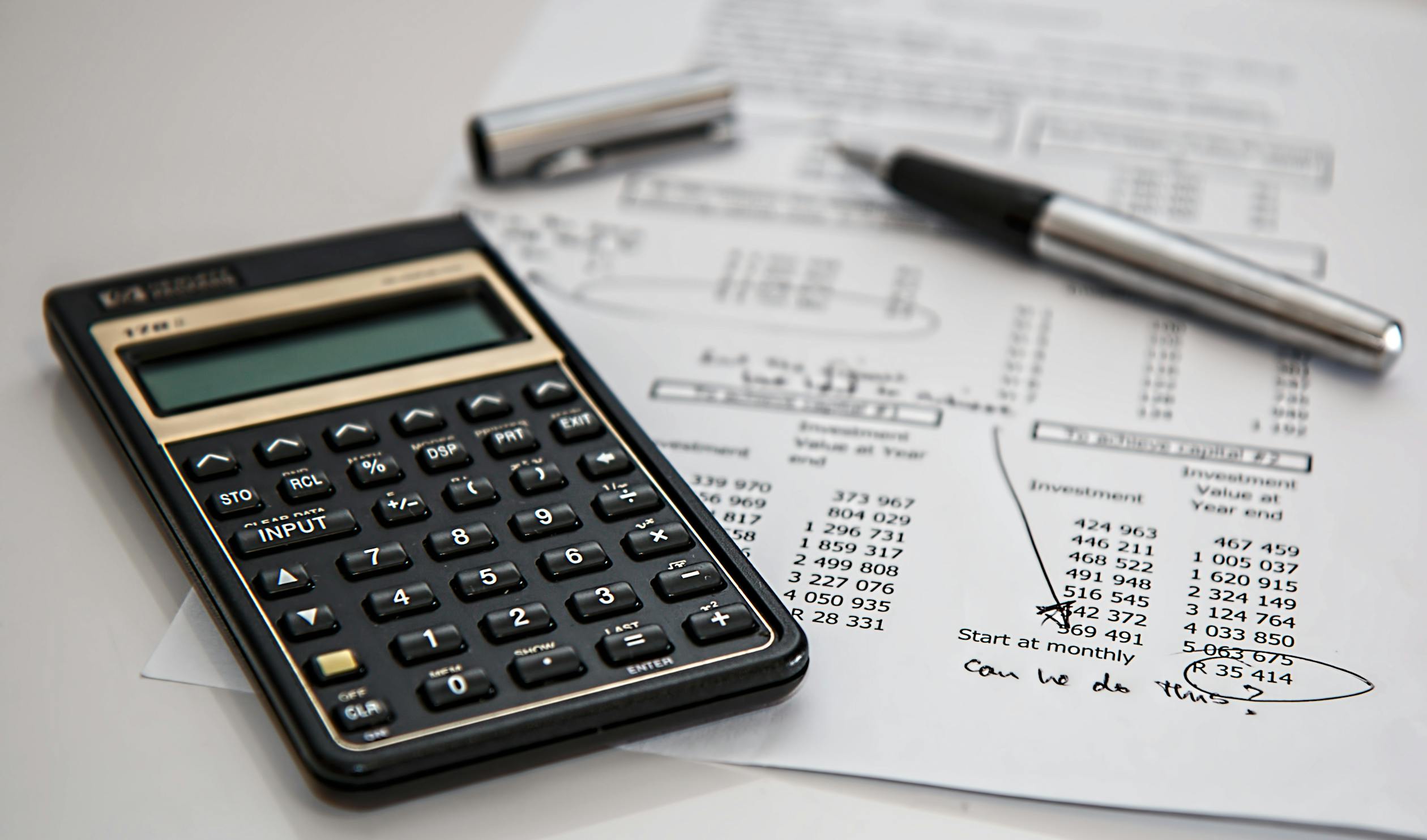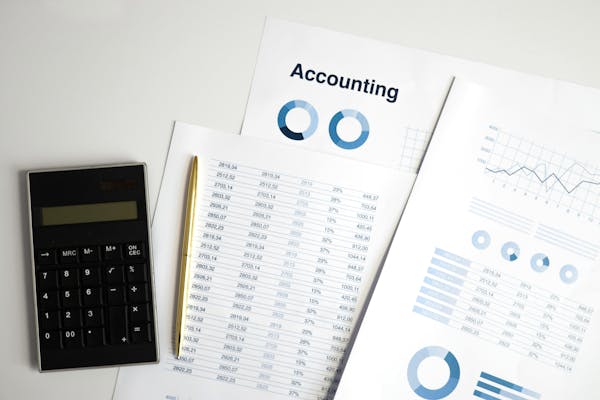Are you interested in online coaching?
Contact us.

Gain fluency and confidence in maths! Bright Minds College helps students master essential skills at their own pace through fun and interactive questions, built in support and motivating awards.
Add with pictures - sums up to 10 | Addition sentences using number lines - sums up to 10 | Add three or more one-digit numbers | Related addition facts | Add multiples of 100
Write a two-variable equation | Identify the graph of an equation | Solve equations involving like terms | Solve a quadratic equation with other leading coefficients by factorising
Find one-sided limits using graphs | Determine if a limit exists | Find limits using the division law | Determine end behaviour of polynomial and rational functions
Compare numbers up to 120 using words | Comparing numbers up to 1000 | Put numbers up to 1000 in order | Which number is largest/smallest? | Compare numbers: up to ten thousands
Count shapes - up to 5 | Count pictures - up to 10 | Count scattered shapes - up to 10 | Count tens and ones - up to 30 | Counting on the hundred chart
Equivalent decimals | Maps with decimal distances | Multiply two decimals | Divide decimals by whole numbers | Estimate sums and differences of decimals
Division facts to 10: word problems | Divide three-digit and four-digit numbers by one-digit numbers: complete the table | Divide numbers ending in zeroes | Divide by powers of ten
Solve inequalities using estimation | Estimate sums | Estimate differences | Estimate products of whole numbers and decimals | Estimate sums and differences of mixed numbers
Evaluate powers | Find the missing exponent or base | Square roots of perfect squares | Quotient property of logarithms | Power property of logarithms
Simple fractions: what fraction does the shape show? | Simple fractions: parts of a group | Show fractions: area models | Identify equivalent fractions | Fractions of a number
Solve word problems involving two-variable equations | Write and solve equations for proportional relationships | Identify functions: vertical line test | Graph a horizontal or vertical line
Flip, turn and slide | Estimate angle measurements | Area and perimeter: word problems | Pythagoras' Inequality Theorems | Angles in inscribed quadrilaterals
Create picture graphs I | Create picture graphs II | Coordinate planes as maps | Choose the best type of graph | Circle graphs with fractions
Integers on number lines | Integer addition and subtraction rules | Add and subtract integers | Divide integers | Complete multiplication and division equations with integers
Find two numbers based on sum and difference | Use Venn diagrams to solve problems | Truth values | Conditionals | Converses, inverses and contrapositives
Holds more or less | Tall and short | Compare metric units of mass | Compare metric units of volume | Greatest possible error
Addition and subtraction word problems - numbers up to 20 | Fact families | Add, subtract and multiply | Add, subtract and multiply decimals: word problems
Equivalent amounts of money - up to $1 | Count coins and notes - up to $5 note | Compare money amounts | Find the number of each type of coin | Simple interest
Multiplication - facts to 10 | Squares up to 10 | Choose numbers with a particular product | Multiply numbers ending in zeroes: word problems
Divisibility rules | Lowest common multiple | Identify factors | HCF and LCM: word problems | Classify numbers
Make a pattern | Complete a geometric number pattern | Number patterns: word problems | Evaluate variable expressions for number sequences
Percents of numbers and money amounts | Percents of numbers: word problems | Estimate percents of numbers | Solve percent equations | Percent error
Value of a digit - up to hundreds | Identify a digit up to the hundreds place | Place value names: up to ten thousands | Convert between place values: up to ten thousands
More, less and equally likely | Certain, probable, unlikely and impossible | Probability of opposite, mutually exclusive and overlapping events
Properties of division | Multiply using the distributive property | Solve equations using properties | Simplify variable expressions using properties | Properties of equality
Identify equivalent ratios | Unit rates and equivalent rates | Compare ratios: word problems | Solve proportions | Scale drawings: word problems
Subtract with pictures - numbers up to 10 | Subtract two-digit numbers - without regrouping | Related subtraction facts | Complete the subtraction number sentence
Times of everyday events | Time patterns | Convert time units | Time zones | Find start and end times: multi-step word problems
Pythagoras' theorem: word problems | Inverses of trigonometric functions | Solve a right triangle | Law of Cosines | Trigonometric ratios in similar right triangles
Addition word problems - sums up to 20 | Fractions of a group: word problems | Add and subtract money amounts: word problems | Multiply money: word problems

Students will learn about place values, convert between different place values, and compare numbers up to millions. They will also practice rounding, recognizing even and odd numbers, and writing numbers in words.

This lesson will teach students how to add and subtract whole numbers and solve word problems. Topics also include properties of addition and subtraction and estimating sums and differences.

In this lesson, students will learn multiplication facts and strategies. Topics include multiplying one-digit numbers by multi-digit numbers, using area models and partial products, and solving multiplication word problems.

Students will learn division facts and strategies, including division by one-digit numbers and solving word problems. Topics also cover division patterns and interpreting remainders.

This lesson introduces the concepts of factors, prime and composite numbers, divisibility rules, and finding the highest and lowest common factors and multiples.

Students will learn how to represent decimal numbers, convert between decimals and fractions, compare decimal numbers using models, and round decimals.

In this lesson, students will practice adding and subtracting decimal numbers, solve word problems, and estimate decimal sums and differences.

Students will explore how to multiply and divide decimals, estimate products, and solve word problems related to decimal multiplication and division.

In this section, students will apply mathematical concepts to solve multi-step word problems, including problems with extra or missing information, using tools like Venn diagrams.

This lesson introduces the coordinate plane, helping students graph points, understand coordinates, and use the plane as a map to follow directions and solve problems.

Students will interpret and create various types of graphs such as line, bar, picture, and dot plots. They will also work with frequency charts and solve problems based on these graphs.

In this lesson, students will learn about probability, how to calculate the likelihood of events, and analyze independent and dependent events. They will also explore combinations and find the mode.

Students will practice converting time units, adding and subtracting mixed time units, and solving word problems related to elapsed time. They will also learn about time zones and schedules.

In this lesson, students will learn to choose the appropriate metric units of measure, compare units of length, mass, and volume, and determine reasonable temperature measurements.

This lesson focuses on recognizing polygons, counting sides, understanding regular and irregular polygons, and measuring different types of angles. Students will learn to work with protractors and estimate angle measurements.

Students will explore lines of symmetry, rotational symmetry, and transformations such as reflection, rotation, and translation. They will also work on dilations and how these transformations affect shapes.
As a dedicated academic instructor with a passion for computer science, I believe in transforming complex technical concepts into engaging, accessible learning experiences. My approach focuses on personalized mentorship, practical skill development, and inspiring students to explore the limitless potential of technology.


ind quick answers to common questions about courses, payments, certifications, and more on our Online Learning FAQ page. Get instant support for enrollment, technical issues, and refunds—designed to make your learning journey seamless!
We provide structured online courses in Maths, English, Science, IELTS, and PTE, covering Foundation to Year 10 levels. Our lessons are designed to help students build strong academic foundations and prepare for standardized tests like IELTS and PTE.
Yes! We offer free demo lessons for most courses. You can explore sample videos, quizzes, and study materials before committing to a full course.
Parents and students get access to a dashboard showing:
We provide 24/7 support via email and live chat. For course-related doubts, you can also:
Yes! Our platform is fully mobile-friendly. You can:


